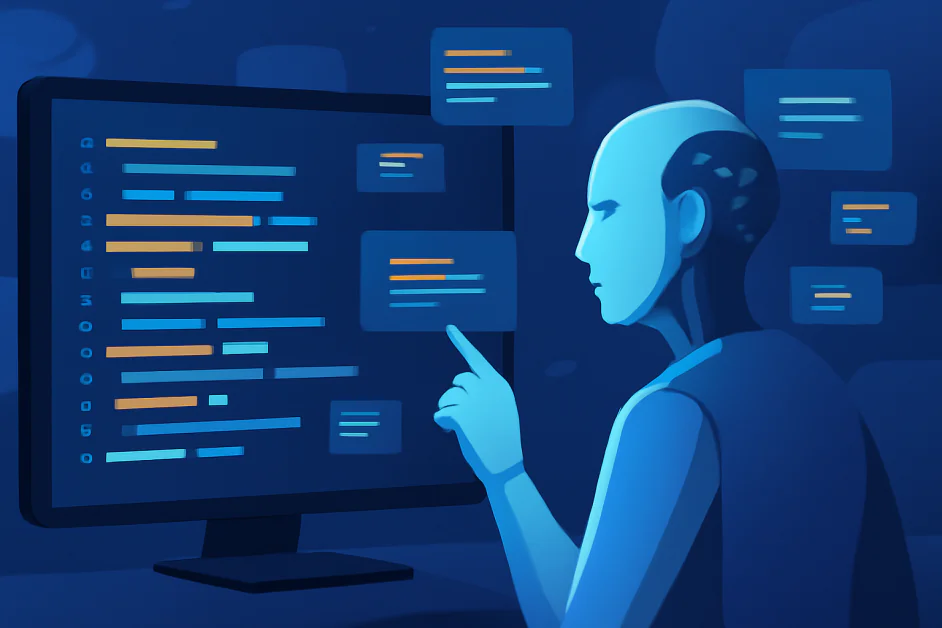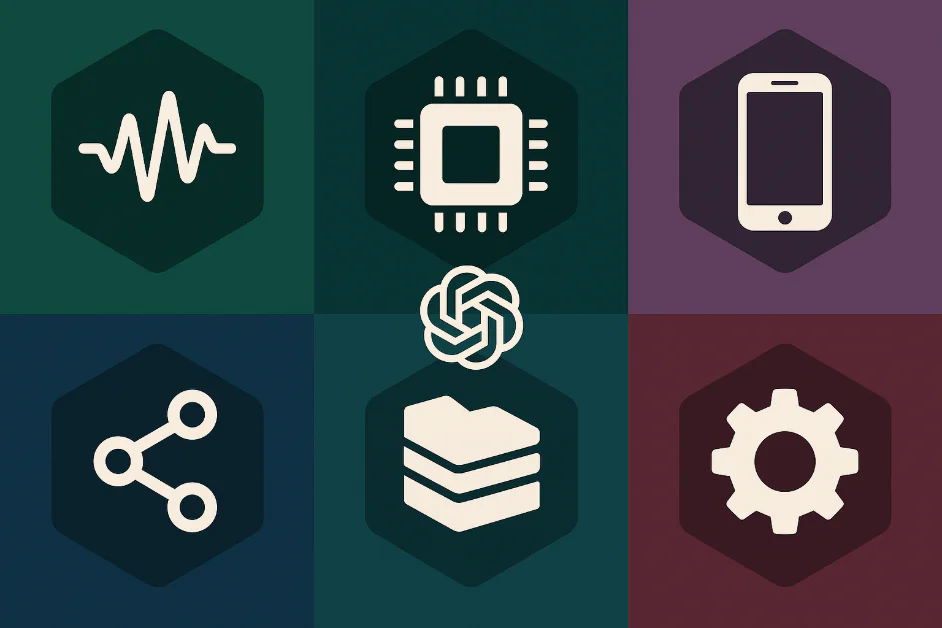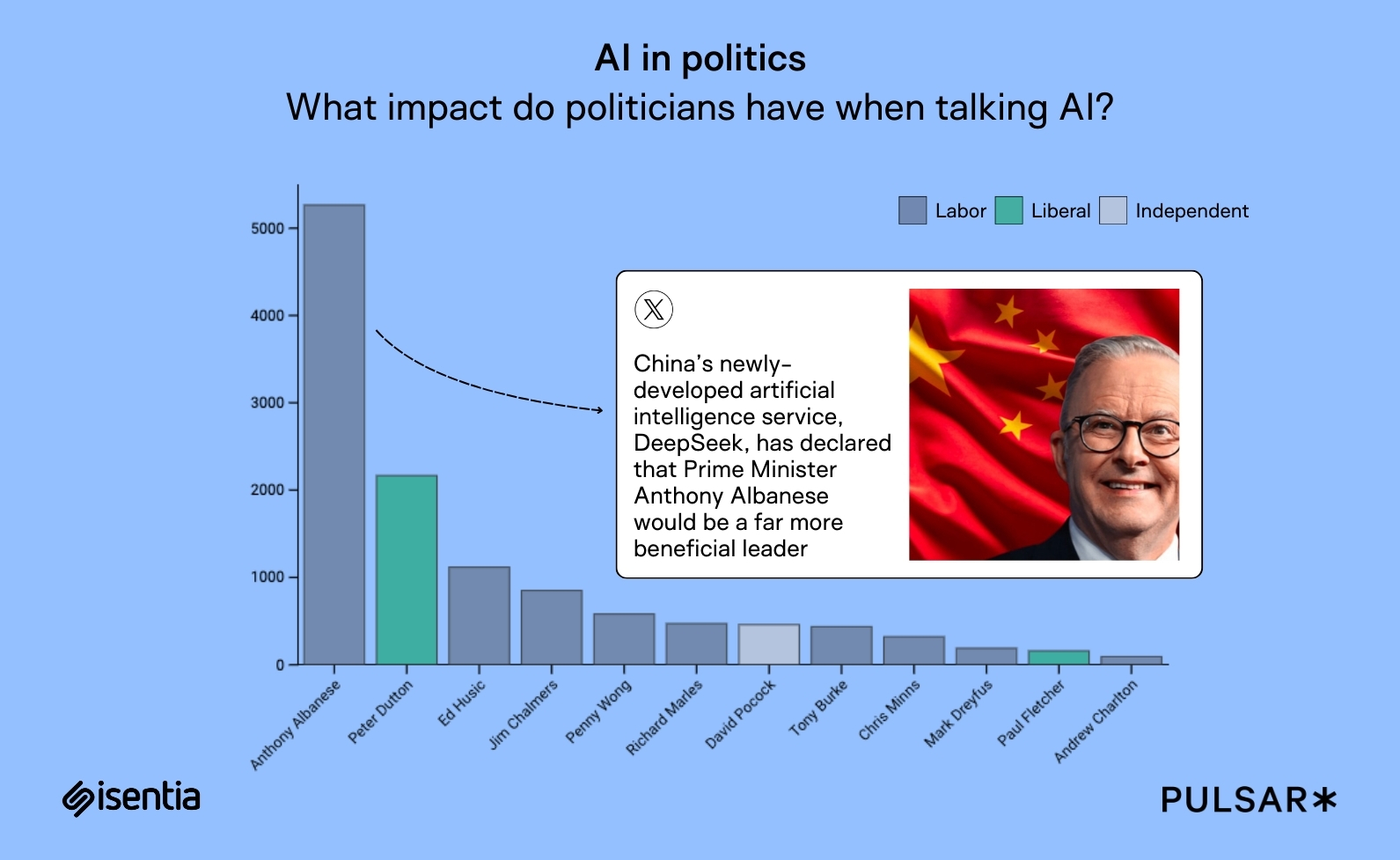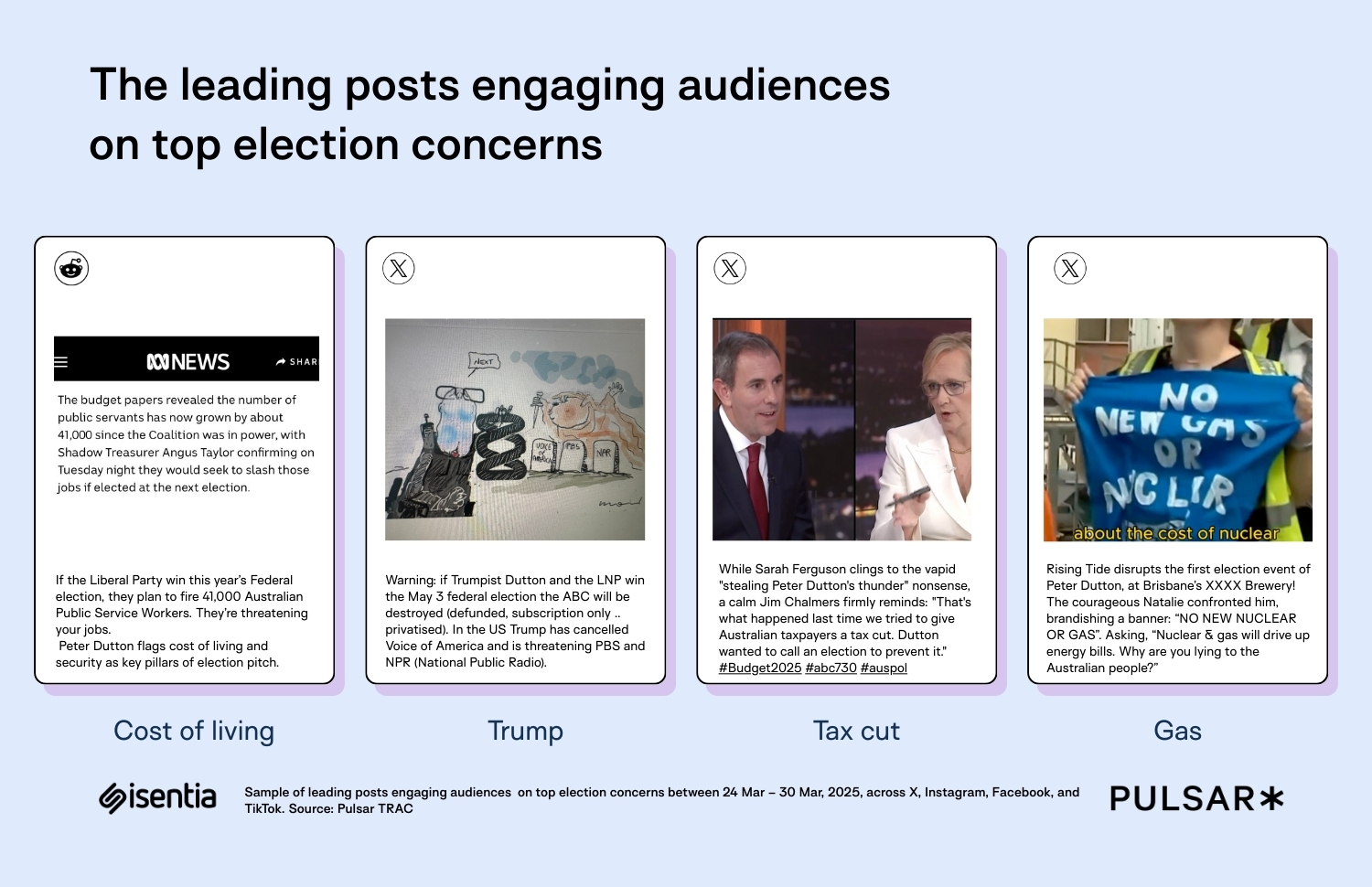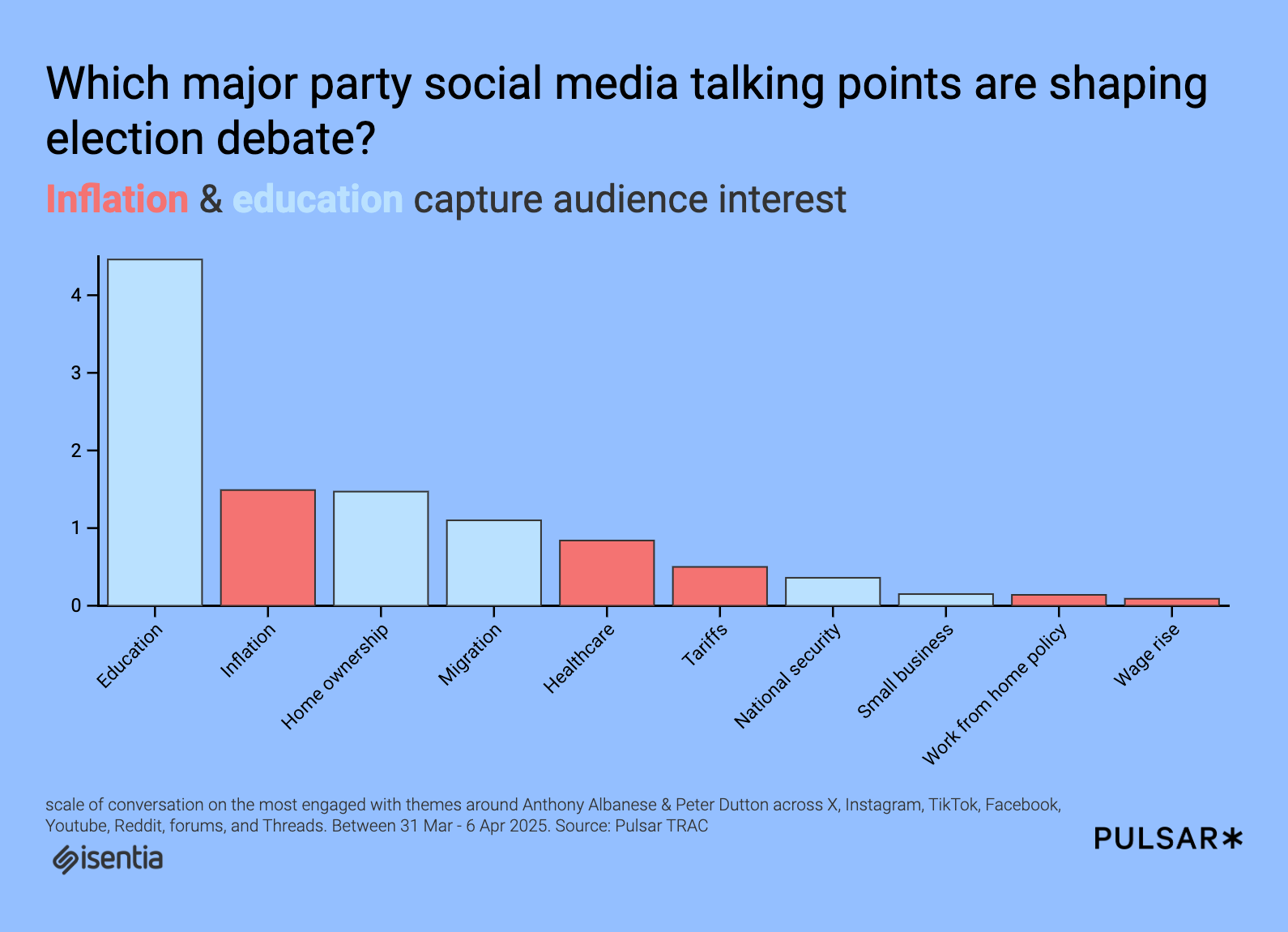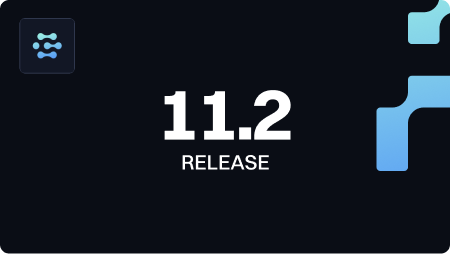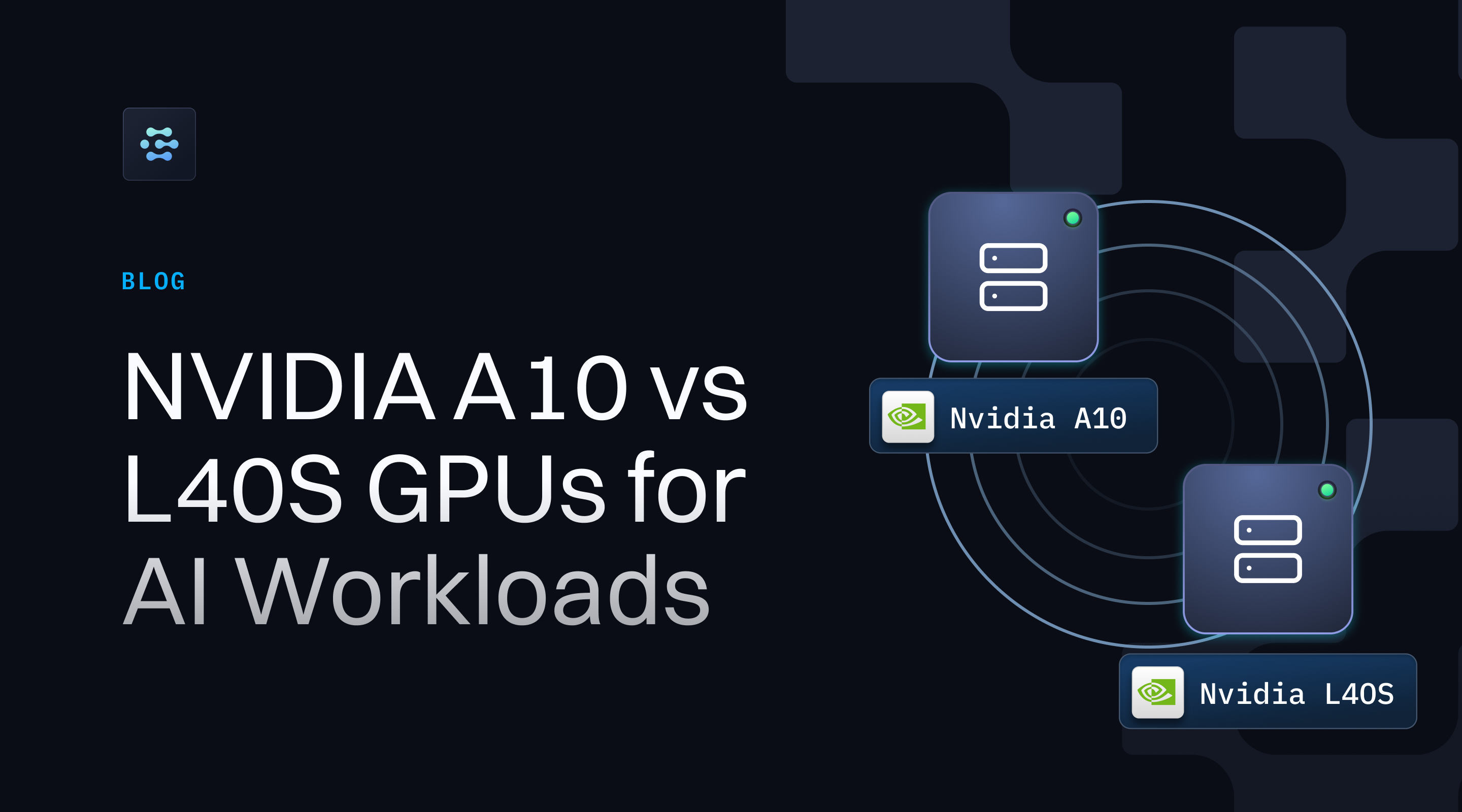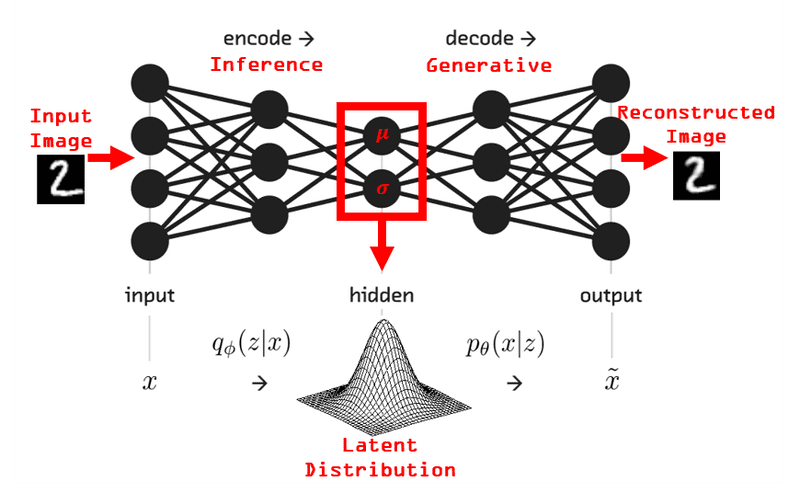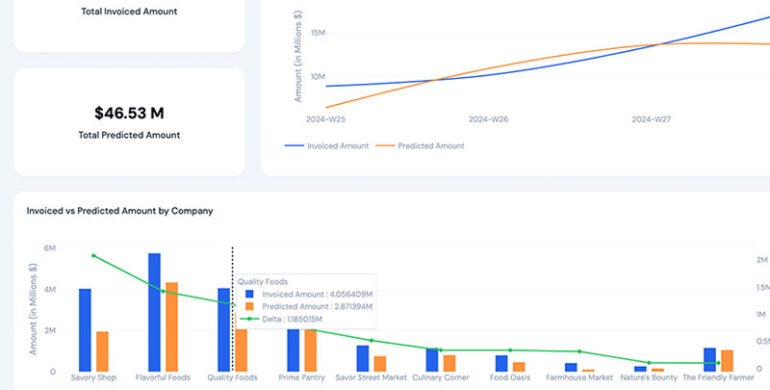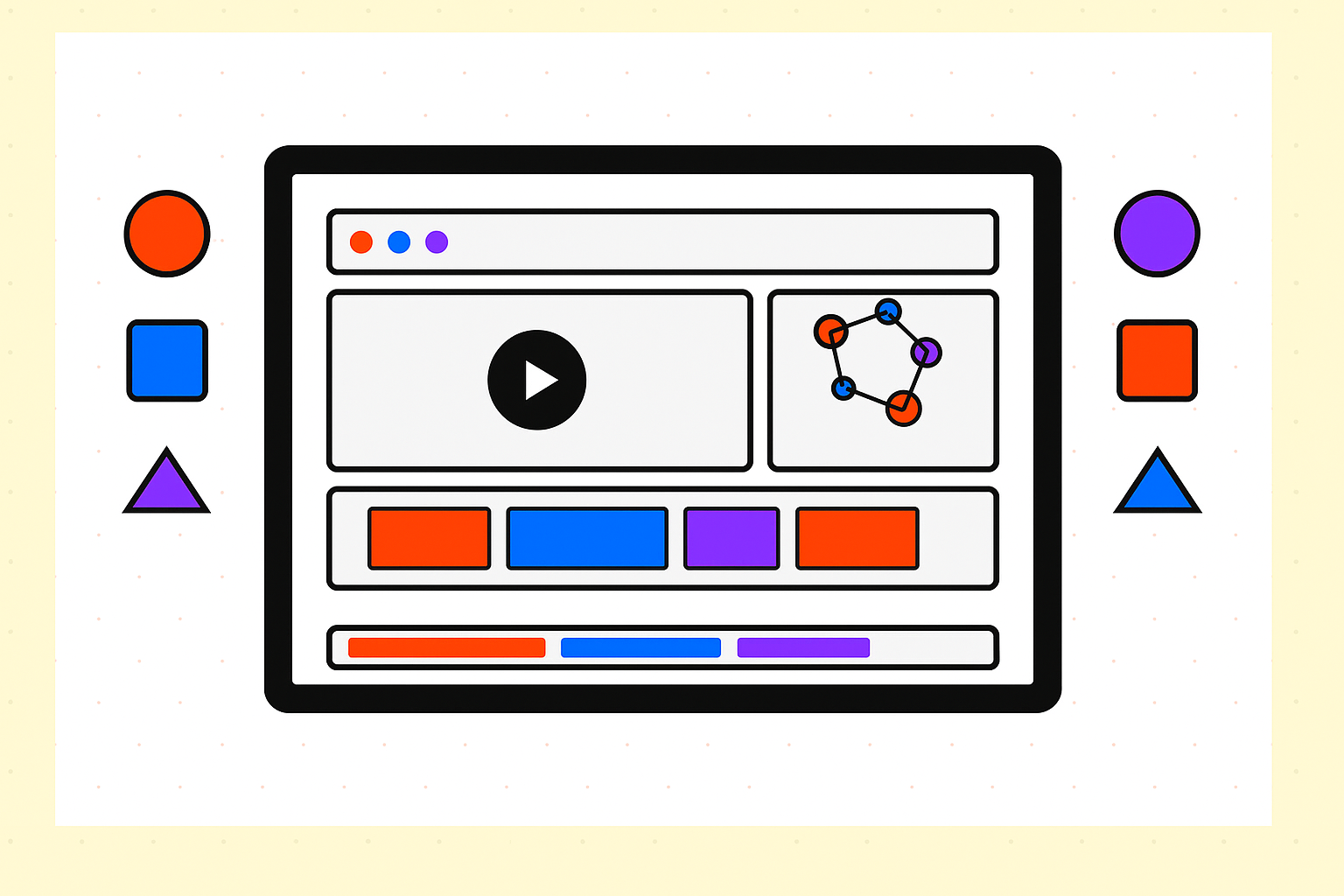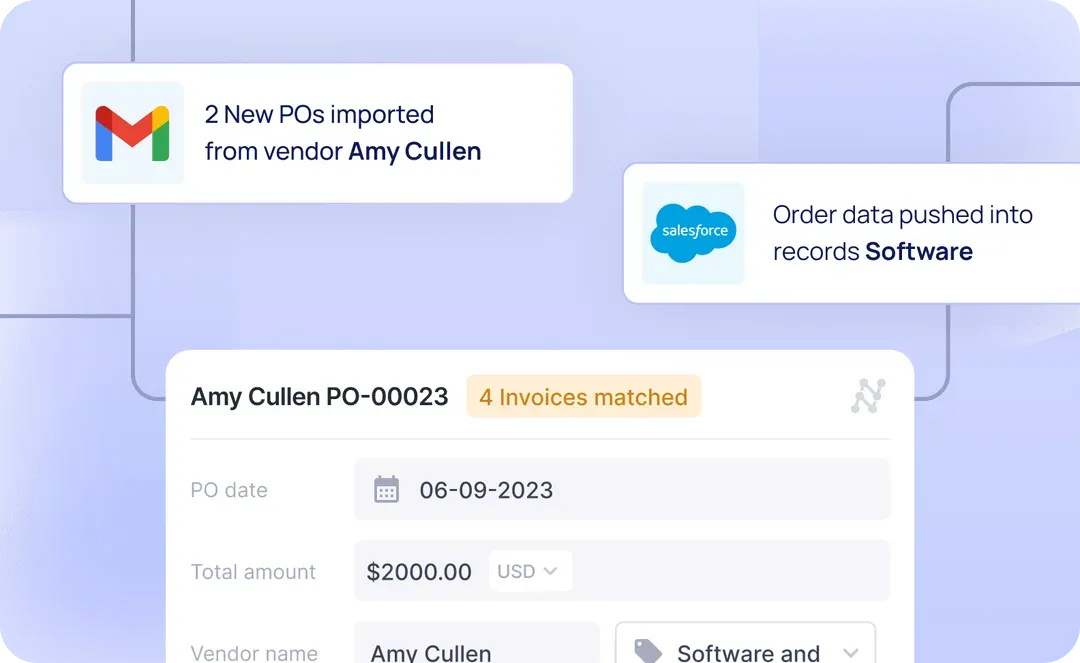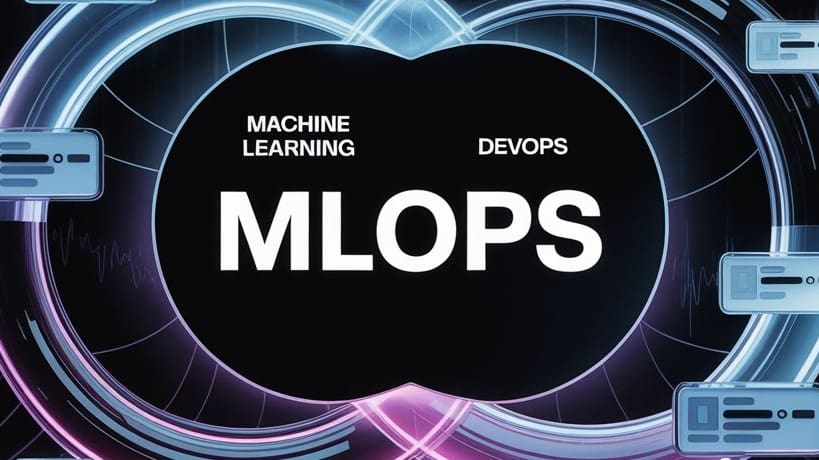A Practical Guide to Building Agentic AI for Enterprise Workflow Efficiency
Table of Contents [Show] Executive Summary What is Agentic AI or Agentic Workflow Difference between traditional and Agentic way Robotic Process Automation vs Agentic Process Automation Why Agentic Workflow Matters Key capabilities and benefits Key components of Agentic AI system Practical Usecases of Agentic AI Implementing Agentic AI Best Practices Challenges Kore.ai’s Approach to Building Scalable, Reliable Agentic AI Way forward Executive Summary Until now, AI models such as large language models (LLMs) have performed tasks including generating text and summarizing documents, but they haven’t been able to take action by themselves on their own. Instead, they’ve acted on or responded to user prompts. Agentic AI is changing that.Agentic AI refers to goal-driven software entities that have been granted rights by the organization to act on its behalf to autonomously make decisions and take action. These entities use AI techniques — combined with components such as user intent, conversation context, planning, business context and guidelines, guardrails, user personalization, — to complete tasks and achieve objectives.In its Top strategic technology trends for 2025: Agentic AI, Gartner predicts, by 2028, 33% of enterprise software applications will include agentic AI, up from less than 1% in 2024. AI agent machine customers will replace 20% of the interactions at human-readable digital storefronts. At least 15% of day-to-day work decisions will be made autonomously through agentic AI, up from zero percent in 2024.
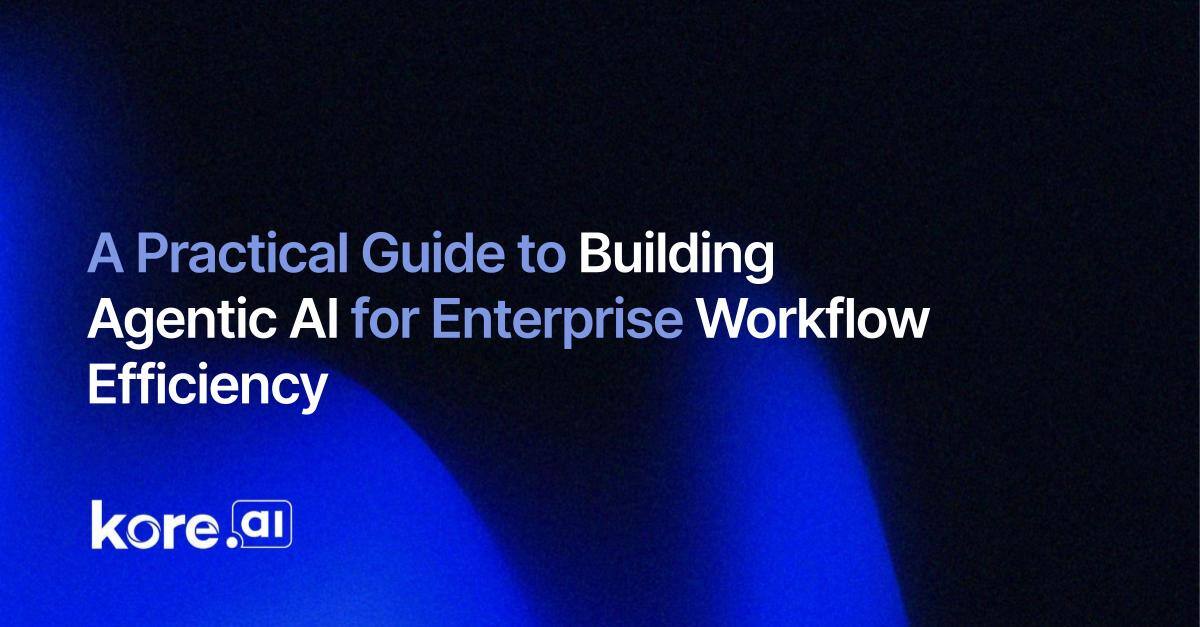
Table of Contents [Show]
- Executive Summary
- What is Agentic AI or Agentic Workflow
- Difference between traditional and Agentic way
- Robotic Process Automation vs Agentic Process Automation
- Why Agentic Workflow Matters
- Key components of Agentic AI system
- Practical Usecases of Agentic AI
- Implementing Agentic AI
- Kore.ai’s Approach to Building Scalable, Reliable Agentic AI
- Way forward
Executive Summary
Until now, AI models such as large language models (LLMs) have performed tasks including generating text and summarizing documents, but they haven’t been able to take action by themselves on their own. Instead, they’ve acted on or responded to user prompts. Agentic AI is changing that.
Agentic AI refers to goal-driven software entities that have been granted rights by the organization to act on its behalf to autonomously make decisions and take action. These entities use AI techniques — combined with components such as user intent, conversation context, planning, business context and guidelines, guardrails, user personalization, — to complete tasks and achieve objectives.
In its Top strategic technology trends for 2025: Agentic AI, Gartner predicts, by 2028,
- 33% of enterprise software applications will include agentic AI, up from less than 1% in 2024.
- AI agent machine customers will replace 20% of the interactions at human-readable digital storefronts.
- At least 15% of day-to-day work decisions will be made autonomously through agentic AI, up from zero percent in 2024.















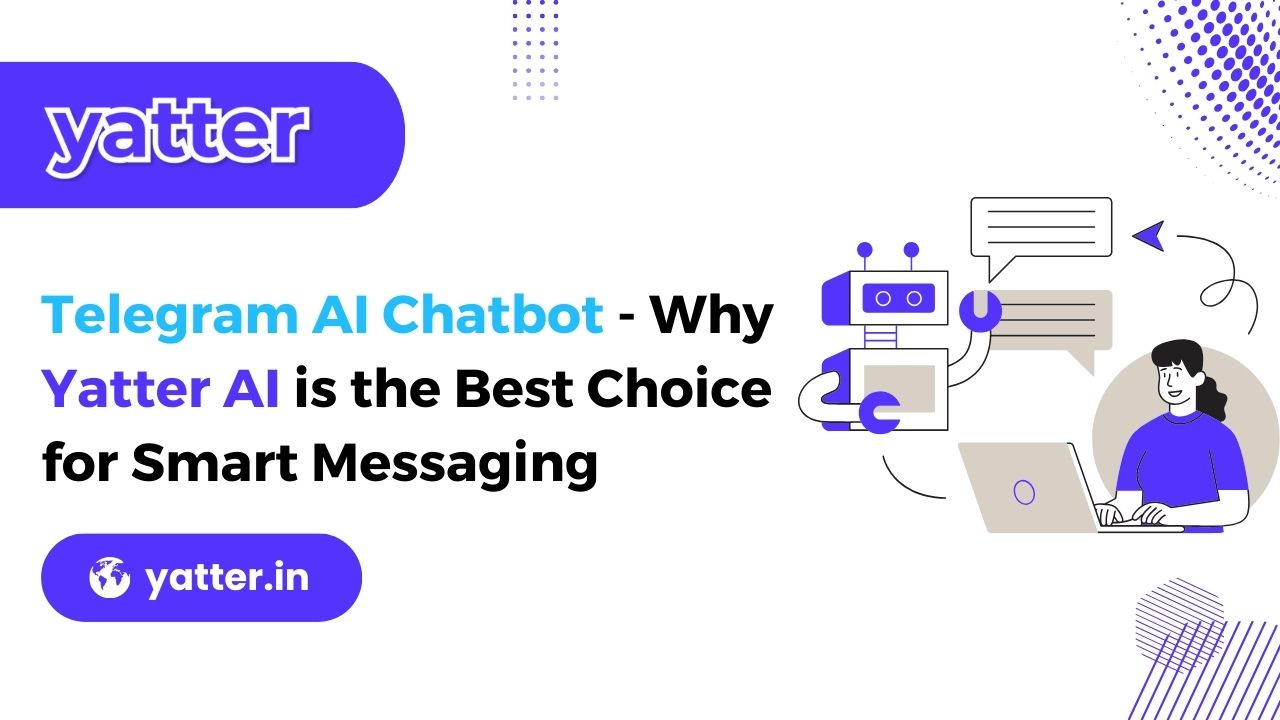











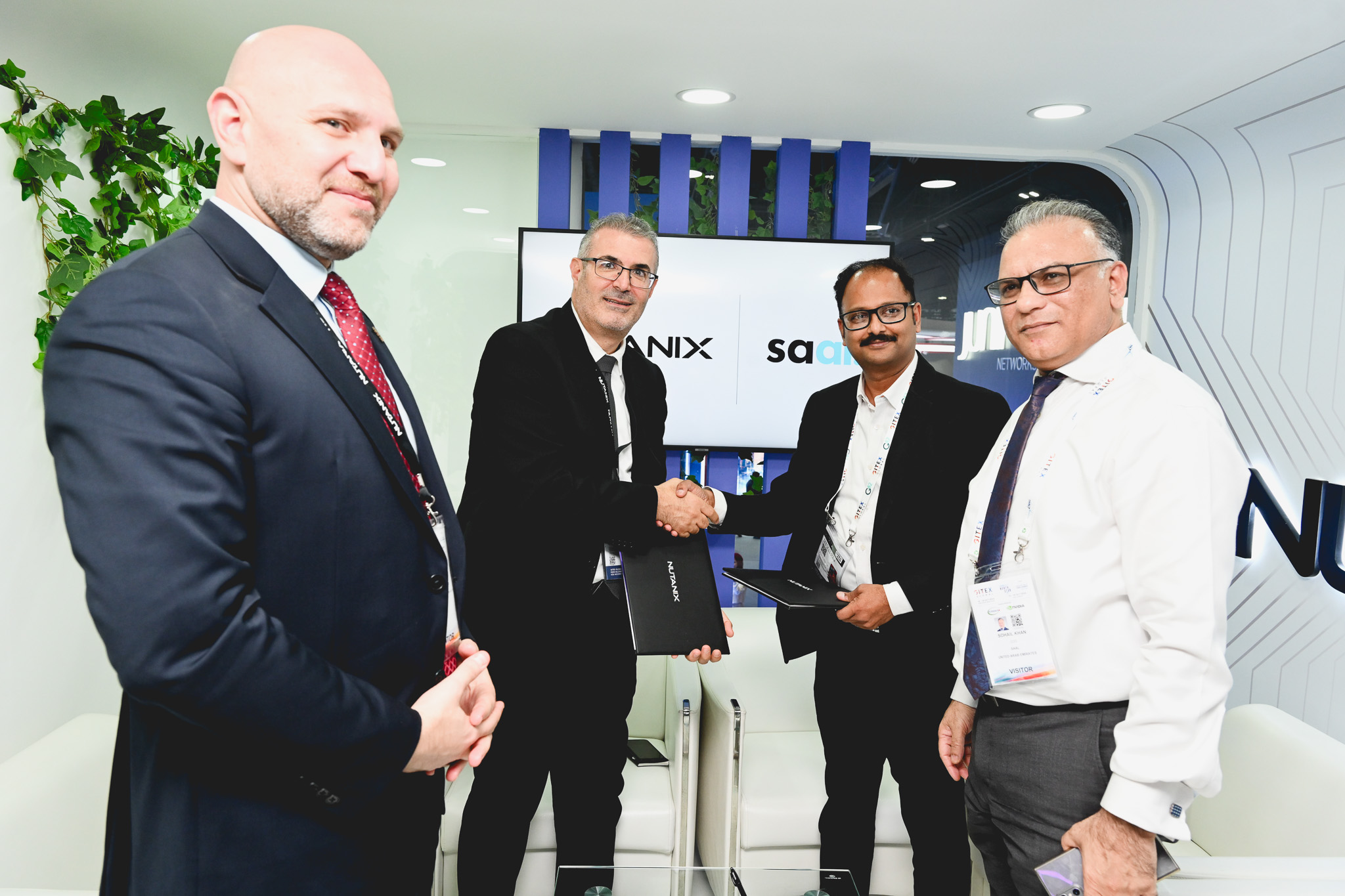


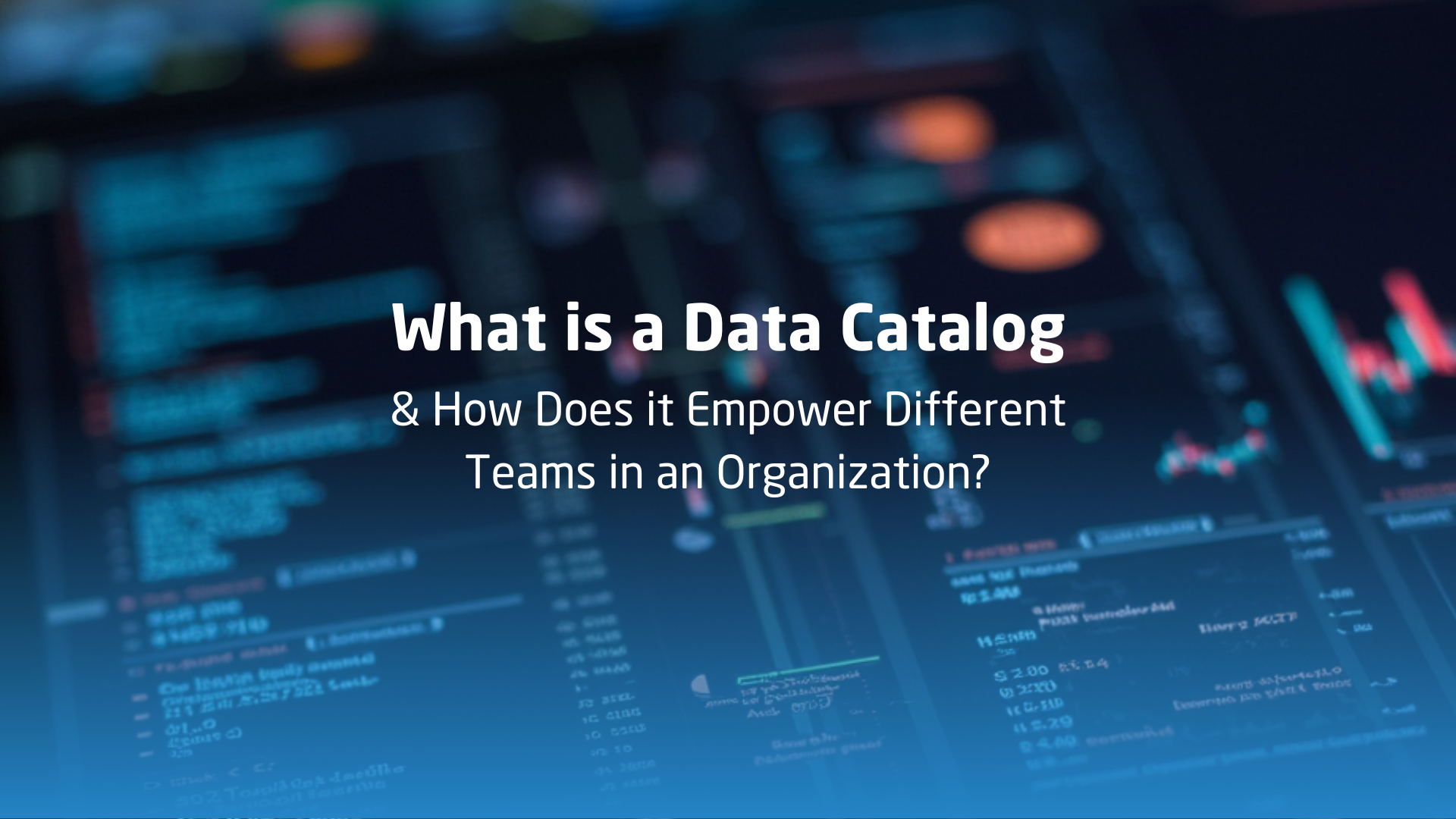








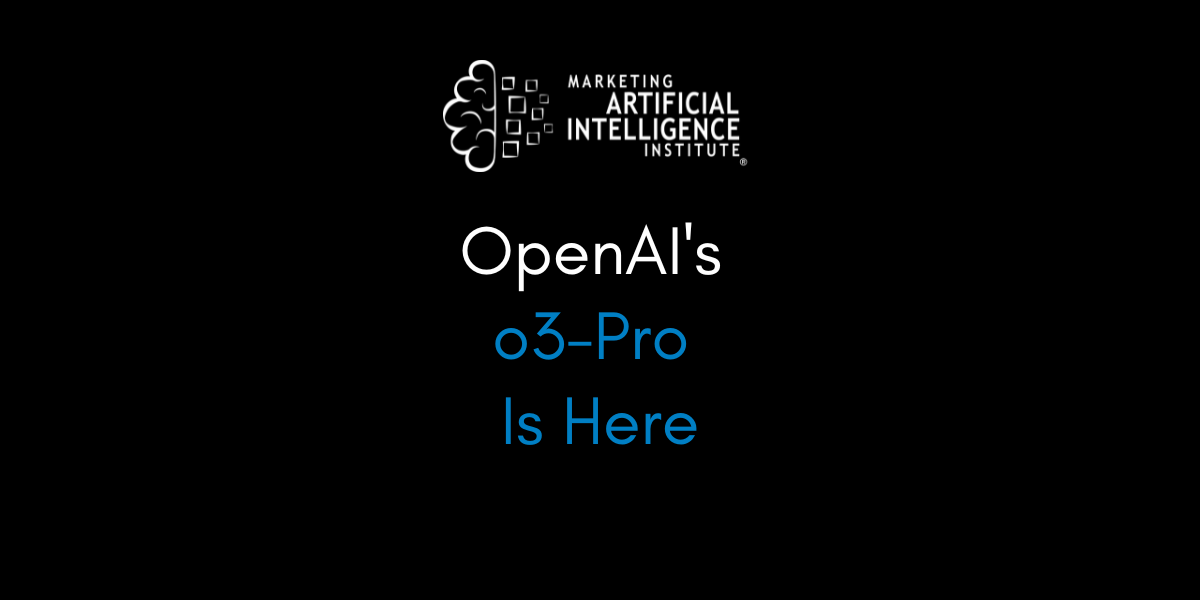
![[The AI Show Episode 153]: OpenAI Releases o3-Pro, Disney Sues Midjourney, Altman: “Gentle Singularity” Is Here, AI and Jobs & News Sites Getting Crushed by AI Search](https://www.marketingaiinstitute.com/hubfs/ep%20153%20cover.png)
